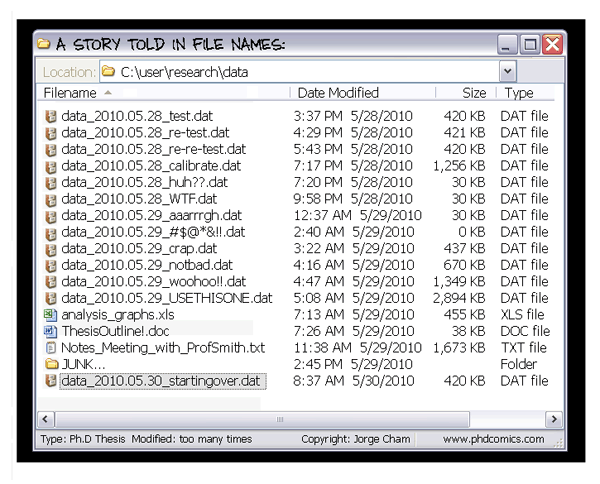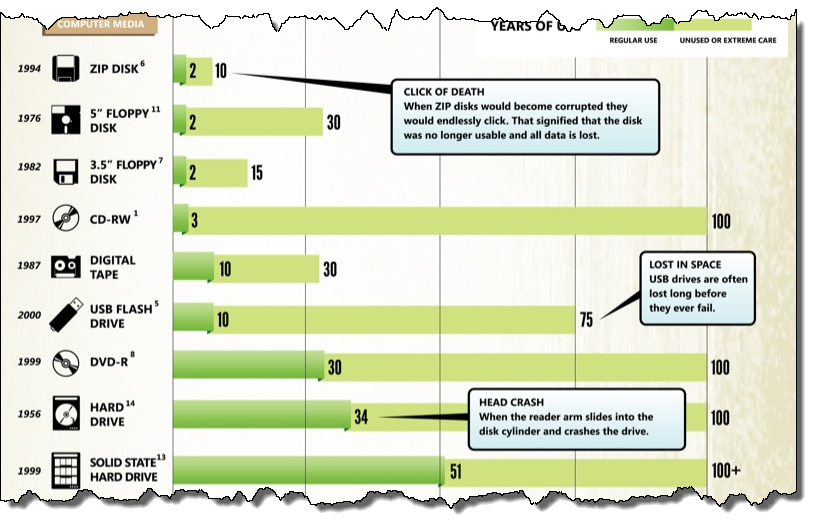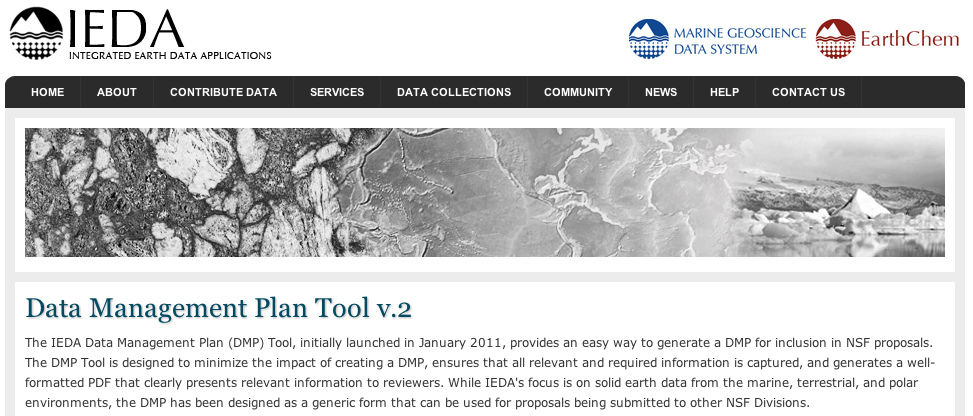Data Management
What constitutes research data?
"Material or information on which an argument, theory, test or hypothesis, or another research output is based."
"What constitutes such data will be determined by the community of interest through the process of peer review and program management. This may include, but is not limited to: data, publications, samples, physical collections, software and models"
"Units of information created in the course of research"
"(i) Research data is defined as the recorded factual material commonly accepted in the scientific community as necessary to validate research findings, but not any of the following: preliminary analyses, drafts of scientific papers, plans for future research, peer reviews, or communications with colleagues."
Marieke Guy. http://www.slideshare.net/MariekeGuy/bridging-the-gap-between-researchers-and-research-data-management , #2
https://www.nsf.gov/bfa/dias/policy/dmpfaqs.jsp
OMB-110, Subpart C, section 36, (d) (i), http://www.whitehouse.gov/omb/circulars_a110/
Material or information necessary to come to your conclusion
Getting data
- Collection
- Experiment
- Observation
- Simulation
- Compilation/Derivation
- Reference data
- Methods
- What was done
- How it was done
- Instrumentation
- Limitations
Being data
Forms of data
Non-digital text (lab books, field notebooks)
Digital texts or digital copies of text
Spreadsheets
Audio, video
Computer Aided Design/CAD
Statistical analysis (SPSS, SAS)
Databases
Geographic Information Systems (GIS) and spatial data
Digital copies of images
Web files
Scientific sample collections
Matlab files & 3D Models
Metadata & Paradata
Data visualizations
Computer code
Standard operating procedures and protocols
Protein or genetic sequences
Artistic products
Curriculum materials
Collection of digital objects acquired and generated during research
Why share data?
- Ensure reproducibility
- Promote discovery
- Synthesis for data mining
- Citation
- Correct credit
- Required!
 http://dx.doi.org/10.1890/1051-0761(1997)007%5B0330:NMFTES%5D2.0.CO;2
http://dx.doi.org/10.1890/1051-0761(1997)007%5B0330:NMFTES%5D2.0.CO;2
 http://www.nature.com/news/scientists-losing-data-at-a-rapid-rate-1.14416
http://www.nature.com/news/scientists-losing-data-at-a-rapid-rate-1.14416
What is data management?
Considerations
What data do you expect to have?
How will you describe/document your data?
How will you store it?
What are your obligations for these data (storage/security)?
How will you expose these data?
How will you preserve these data?
What data do you expect to have?
What tools are you using for your data?
How much data?
How will you describe/document your data?
Write a data abstract
Provide a data dictionary
How will you store it?
Multiple locations: Here, near, and far
How will it be maintained(during and after)?
Version Control


What are your obligations for these data?
- Security
- Physical
- Network
- Computer system and file
- Privacy
- Personally identifying info (PII)
- Personal health info (PHI)
How will you expose these data?
What will be shared?
Who is the audience?
Is the data citable?
Persistent access
Quality assurance
How will you preserve it?
Don't archive in proprietary format!
- Sustainable formats:
ASCII, PDF, .csv, FLAC, TIFF, JPEG2000, MPEG-4, XML, RDF, .txt, .r
Domain specific repositories
Institutional repositories
Best practices
What are the data structure standards for your discipline?
Standard ways to label fields
Specific variables and coding guidelines
Accepted hierarchies and directory structures
Structure
- Use one variable per column
- Make one observation per row
- Use human-readable column names
- Include one table per tab
- If using multiple related tables, use an ID or key to indicate how the tables are related
Context
Include a readme text file with the following:
- Abstract
- Describe why the data has been collected
- Content
- List and describe the files in your data package
- Basic Data Dictionary
- List and describe the variables in the file
Other best practices
- Do:
- Consider how to represent your NULL values
- Consider whether a more robust data dictionary is required (e.g. with in-depth description of methods, instruments, models, etc.)
- Do not:
- Use formatting to convey information
- Place comments in cells
- Use special characters in field names
Data management plans

